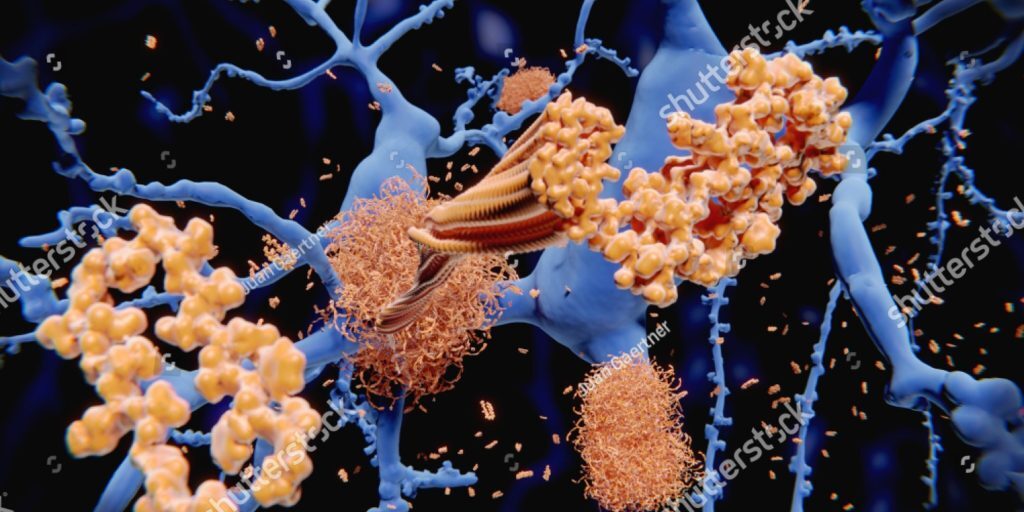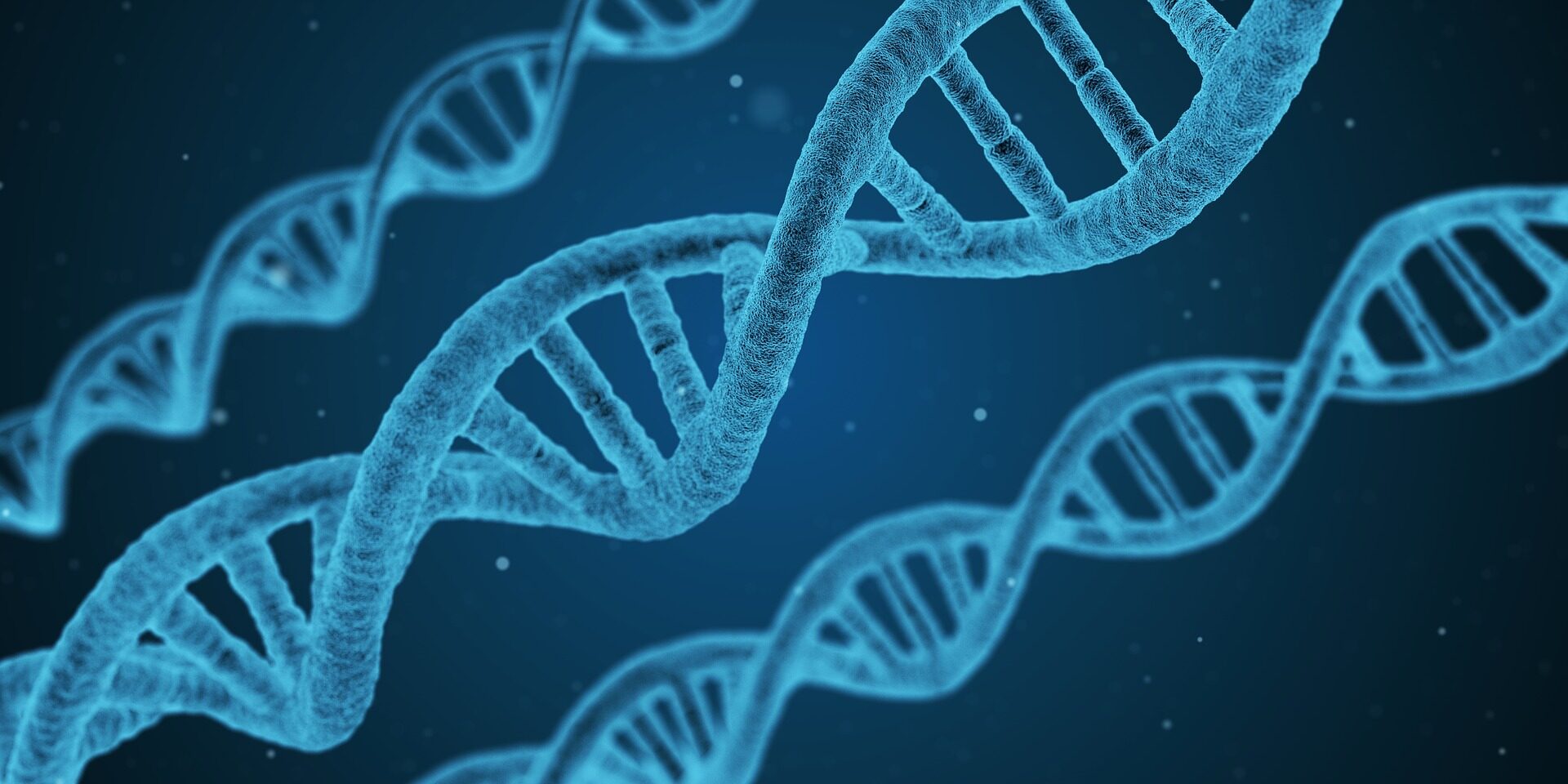

What’s your return(refund) policy?
It is the policy of Psyclo Peptide®️ to accept refund, within 60 days from date of confirmed delivery, If you are not 100% satisfied with your purchase.Psyclo Peptide®️ will usually refund the purchase price of the product in the same payment form within 60 days, excluding any shipping/handling costs or credit / debit card transaction charges.
Psyclo Peptide®️ has stringent quality control procedures in place to insure the best quality products, unexpected errors may occur. Our Customer Service Department is available to assist you should a problem arise. You as the customer have a responsibility to use or test your products within 60 days from the time of your deliver to let us (Psyclo Peptide®️) if there are any problems with the product you ordered. After that 60 day period, all sales are final and no refunds or exchanges will be given.


What's your shipment method and shipping policy?
Psyclo Peptide®️ uses major worldwide carriers for the distribution of its products. We primarily use FedEx courier services for all worldwide destinations. Shipping and handling costs are prepaid and added to the invoice.
Psyclo Peptide®️ reserves the right to select the packaging and shipping method for your order, which will ensure the stability of product and also efficient tracing.
All orders will normally be shipped by FedEx unless explicitly asked otherwise.
Delivery times strongly depend on the scale, purity, order volume and peptide sequence. In general, though, we usually ship crude peptides within 2 week of receiving your order, while delivery times for purified peptides or larger amounts can vary from 2 to 6 weeks.
What type of peptide synthesis chemistry do you use?
We use solid-phase synthesis normally. As well as liquid-phase synthesis for complex molecular. And we use hybrid phase synthesis for large scale peptides synthesis.
What is and how to solubilize the peptides?
Peptide solubility characteristics vary strongly from one peptide to another and are very difficult to predict. Residues such as Ala, Cys, Ile, Leu, Met, Phe, and Val will increase the chance of the peptide having solubility problems.
The best solvent to use will depend on the solubility properties of the peptide and solvent requirements of your assay. We recommend predicting the physical properties of the peptide, dissolving the peptide as a function of these physical properties and then adapting the solubility results experimentally.
1. From the technical datasheet note the "Charge at pH 7" parameter
2. Calculate the percentage of hydrophobic residues
A. If the "Charge at pH 7" is negative and percent hydrophobic residues is < 50 %
1. Dissolve the peptide in a minimum amount of sterile distilled water and sonicate if necessary, if it goes in solution dilute to the desired peptide concentration with assay solution
2. If not add in a dropwise fashion (50 uL) of 0.1N ammonium bicarbonate in sterile distilled water to the desired peptide concentration for your assay and sonicate if necessary. Ammonium bicarbonate is volatile and will be removed during lyophilization should the peptide not go into solution.
3. If the peptide still does not go into solution then lyophilise and go to procedure C
B. If the "Charge at pH 7" is positive and percent hydrophobic residues is < 50 %
1. Dissolve the peptide in a minimum amount of sterile distilled water and sonicate if necessary, if it goes in solution dilute to the desired peptide concentration with assay solution.
2. If not add in a dropwise fashion (50 uL) of 0.1N acetic acid in sterile distilled water to the desired peptide concentration for your assay and sonicate if necessary. Acetic acid is volatile and will be removed during lyophilization should the peptide not go into solution.
3. If the peptide still does not go into solution then lyophilise and go to procedure C
C. If the percent hydrophobic residues > 50 %
1. Dissolve the peptide in a minimum amount of acetonitrile or isopropanol. These solvents are useful for solubilising organic compounds, and can still be removed by lyophilization. If the material does not go into solution then sonicate. Once in solution dilute to the desired peptide concentration with assay solution.
2. If not dissolve the peptide in a minimum amount of DMSO or DMF. These solvents are useful for solubilising organic compounds, but due to their very high boiling points are difficult to remove by lyophilization. If the material does not go into solution then sonicate. If the peptide goes into solution dilute to the desired peptide concentration with assay solution.
3. If not then the use of chaotropic salts such as guanidine hydrochloride or urea is recommended. These will dissolve most peptides, the choice of which will depend on the compatibility with your assay system.

Peptide Glossary
Amino Acid
Amino acids are biologically important organic compounds containing amine(-NH2) and carboxyl(-COOH) functional groups, along with aside-chain(R group) specific to each amino acid. The R-group (side chain) is what makes each amino acid unique. Side chains contain mainly hydrogen, carbon, and oxygen atoms. Some amino acids have sulfur or nitrogen atoms in their R-groups. Amino acids can be classified according to the core structural functional groups' locations as alpha-(α-), beta- (β-), gamma- (γ-) or delta- (δ -) amino acids; other categories related to polarity, pH level, and side-chain group type (aliphatic, acyclic, aromatic) containing hydroxyl or sulfur.
Peptide
Peptides are biologically occurring short chains of amino acid monomers linked by peptide (amide) bonds. The covalent chemical bonds are formed when the carboxyl group of one amino acid reacts with the amine group of another. Traditionally, peptides are defined as molecules that consist of between 2 and 50 amino acids, whereas proteins are made up of 50 or more amino acids.
Protein
Proteins are large biomolecules, or macromolecules, consisting of one or more long chains of amino acid residues. Proteins differ from one another primarily in their sequence of amino acids, which is dictated by the nucleotide sequence of their genes, and which usually results in protein folding into a specific three-dimensional structure that determines its activity.
Peptide Synthesis
Peptide synthesis is characterized as the formation of a peptide bond between two amino acids. Peptides are synthesized by coupling the carboxyl group of one amino acid to the amino group of another amino acid molecule. Due to the possibility of unintended reactions, protecting groups are usually necessary. Chemical peptide synthesis most commonly starts at the carboxyl end of the peptide, and proceeds toward the amino-terminus. This is the opposite direction of protein biosynthesis.
Liquid-phase Peptide Synthesis
Liquid-phase peptide synthesis is a classical approach to peptide synthesis. This method is slow and labor-intensive, though, because the product has to be manually removed from the reaction solution after each step. Additionally, this approach requires another chemical group to protect the C-terminus of the first amino acid. A benefit of liquid-phase synthesis, though, is that because the product is purified after each step, side reactions are easily detected. It has been replaced in most labs by solid-phase synthesis (see below).
Solid-phase Peptide Synthesis
Solid-phase peptide synthesis (SPPS) is the most common method of peptide synthesis today. Instead of C-terminal protection with a chemical group, the C-terminus of the first amino acid is coupled to an activated solid support, such as polystyrene or polyacrylamide. This type of approach has a two-fold function: the resin acts as the C-terminal protecting group and provides a rapid method to separate the growing peptide product from the different reaction mixtures during synthesis.
Cyclic Peptides
Cyclic peptides are polypeptide chains in which the amino termini and carboxyl termini; amino termini and side chain; carboxyl termini and side chain; or side chain and side chain are linked with a covalent bond that generates the ring.
Peptide Bond
Peptide bond is a covalent chemical bond formed between two consecutive amino acid monomers when the carboxyl group of one molecule reacts with the amino group of the other molecule, releasing a molecule of water (H2O).
Peptide Mapping
Peptide mapping is a commonly used strategy in protein identification by breaking them up with enzymes and looking at the resulting pattern of their amino acid sequences.
Peptide Mimetics
Peptide mimetics and peptidomimetics have been used interchangeably for the description of compounds discovered through a variety of research strategies, including compounds identified by random screening approaches. A peptide mimetic can be a molecule such as a peptide, a modified peptide or any other molecule that biologically mimics active ligands of hormones, cytokines, enzyme substrates, viruses or other bio-molecules. This peptide mimetic may antagonize, stimulate, or otherwise modulate the physiological activity of the natural ligands.
Peptide Fingerprint
A chromatographic pattern produced by partial hydrolysis of a protein and 2-D mapping of the resulting peptide fragments.
Peptide Library
A peptide library is a tool for protein-related study. A peptide library contains a great number of peptides that have a systematic combination of amino acids. Usually, peptide library is synthesized on solid phase, mostly on resin, which can be made as flat surface or beads. The peptide library provides a powerful tool for drug design, protein–protein interactions, and other biochemical as well as pharmaceutical applications.

1-1.png)

